Increased Awareness and Education
Increased awareness and education surrounding Opioid Use Disorder Market are pivotal in shaping the Opioid Use Disorder Market. Public health campaigns and educational programs have significantly contributed to reducing stigma associated with OUD, encouraging individuals to seek help. This heightened awareness is likely to lead to an increase in the number of people diagnosed and treated for OUD, thereby expanding the market. Healthcare professionals are also receiving more training on recognizing and managing OUD, which may result in earlier interventions. As communities become more informed about the risks and treatment options available, the demand for services and products within the Opioid Use Disorder Market is expected to rise. This trend underscores the importance of ongoing education in addressing the opioid crisis.
Government Initiatives and Funding
Government initiatives aimed at combating the opioid crisis significantly influence the Opioid Use Disorder Market. Various countries have implemented comprehensive strategies to address OUD, including increased funding for treatment programs and public awareness campaigns. For instance, the Substance Abuse and Mental Health Services Administration (SAMHSA) has allocated substantial resources to support treatment facilities and expand access to care. These initiatives not only enhance the availability of treatment options but also encourage research and development in the field. The financial backing from government entities is likely to stimulate innovation in therapeutic approaches, thereby fostering growth within the Opioid Use Disorder Market. As policymakers continue to prioritize OUD, the market is expected to benefit from sustained investment and support.
Technological Advancements in Treatment
Technological advancements in treatment methodologies are reshaping the Opioid Use Disorder Market. Innovations such as telemedicine and digital health applications are enhancing access to care for individuals suffering from OUD. These technologies facilitate remote consultations and monitoring, which can be particularly beneficial for those in underserved areas. Moreover, the development of novel pharmacotherapies and personalized medicine approaches is likely to improve treatment outcomes. For example, the introduction of long-acting injectable formulations may enhance adherence to treatment regimens. As these technologies gain traction, they are expected to drive market growth by providing more effective and accessible treatment options for OUD. The integration of technology into treatment paradigms represents a pivotal shift in the Opioid Use Disorder Market.
Rising Prevalence of Opioid Use Disorder
The increasing prevalence of Opioid Use Disorder Market (OUD) is a primary driver of the Opioid Use Disorder Market. Recent statistics indicate that approximately 2 million individuals in the United States are diagnosed with OUD, highlighting a critical public health issue. This rising number necessitates the development and availability of effective treatment options, thereby propelling market growth. The demand for medications such as buprenorphine and methadone is expected to rise as healthcare providers seek to address this growing crisis. Furthermore, the societal impact of OUD, including increased healthcare costs and loss of productivity, underscores the urgency for innovative solutions within the Opioid Use Disorder Market. As awareness of OUD continues to expand, it is likely that more resources will be allocated towards combating this epidemic.
Focus on Comprehensive Treatment Approaches
The shift towards comprehensive treatment approaches is a significant driver of the Opioid Use Disorder Market. There is a growing recognition that effective management of OUD requires a multifaceted strategy, including medication-assisted treatment, counseling, and support services. This holistic approach not only addresses the physiological aspects of addiction but also the psychological and social factors contributing to OUD. As treatment facilities adopt integrated care models, the demand for a wider range of services is likely to increase. This trend may lead to the development of new programs and partnerships within the Opioid Use Disorder Market, ultimately enhancing the effectiveness of treatment and improving patient outcomes. The emphasis on comprehensive care reflects a broader understanding of addiction as a complex, multifactorial condition.


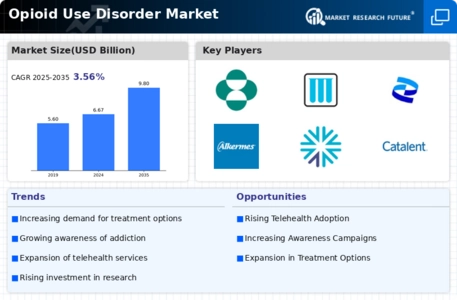
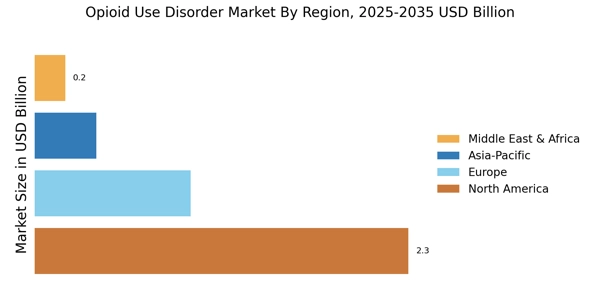
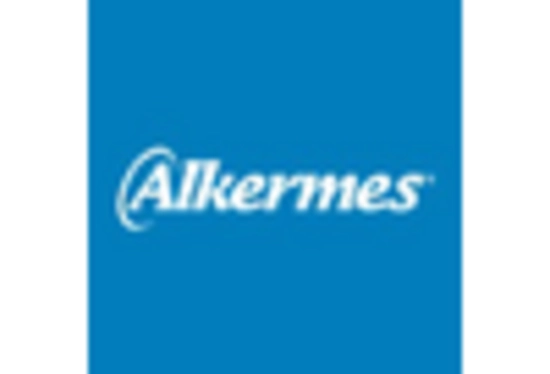

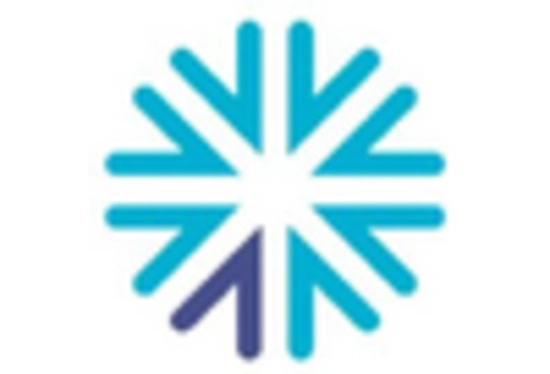
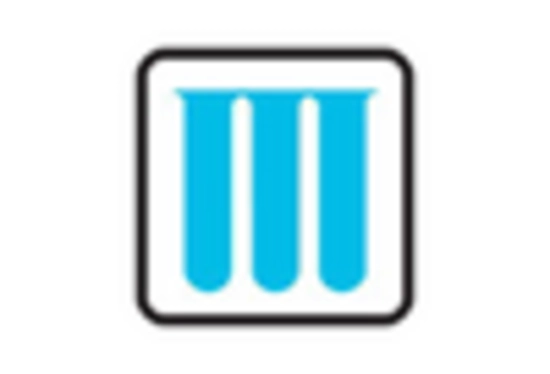
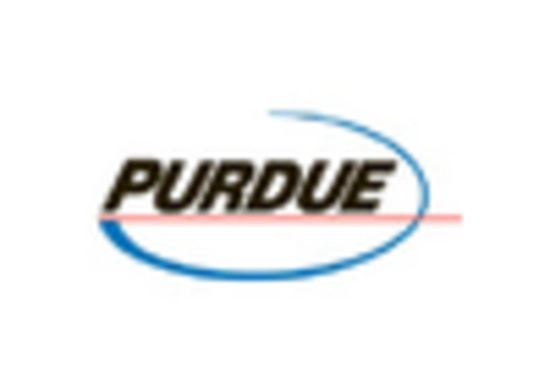
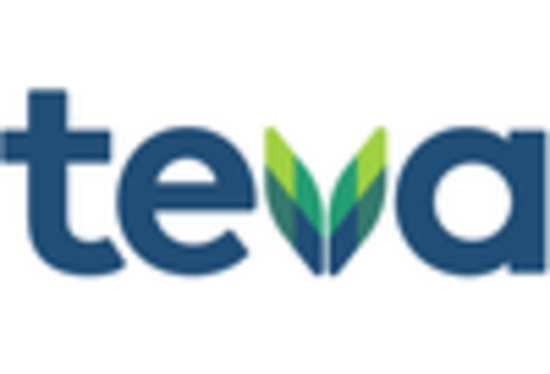








Leave a Comment